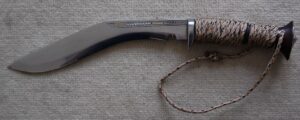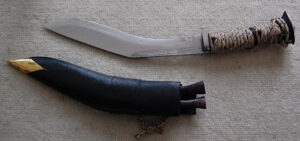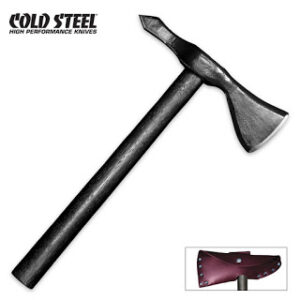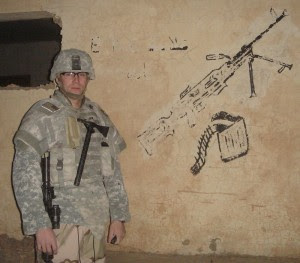A common thread on forums is “If you had to have only one XXXXX, what would you choose?”
If I had to choose only one knife, I know what it would be, but it would be the same choice should the question be one edged tool, one tool or possibly just one survival item!
My blade of choice is the kukri, and the kukri of choice would be the custom 10" bladed sirupate I have.
I will introduce you to this tool in a later blog post, when I can get some more current photos taken.

Why the kukri? This blog is mainly about self-defence, so we will deal with those aspects of the kukri first.
Defence
The kukri is fast, agile and has formidable cutting power.
The shape of the blade creates a mechanical advantage so that anything the edge encounters is drawn along the edge for an increased cutting action. When the kukri encounters something, it bites deep!
Simple, rapid wrist rotations easily move the edge in wide arcs.
The shape and weight of the kukri tends to bring the point onto the same line as the axis of the forearm, so contrary to nonsense you might read elsewhere, the kukri is a very capable thrusting weapon. The broad thick blade tends to make a big hole.
Should you need to pummel someone, the kukri is well suited to this too. The butt of the grip has a broad metal plate with a smaller diamond shaped projection, in the middle of which is a small stud. A blow with this section will put a lot of force into a very small area. It will probably make a very effective window breaker too.
Most knives are poor parrying weapons, while swords are generally regarded as capable of parrying. Logically there must be a length of blade where the knife becomes more capable of parrying. Shape and weight characteristics will also contribute to this ability too.
A 10" bladed kukri is quite capable of parrying other weapons. I think the forward curve of the blade helps here.
The back of the blade is broad and unsharpened so it is possible to use a kukri for a reinforced block or parry. Just place the palm of your free hand on the back of the blade.
Someone swings at you with a baseball bat: dodge! If you cannot dodge, make a two-handed parry with your kukri, deflect his weapon off to one side and then snap the kukri into the nearest body part.
The forward curve of the kukri also gives it a hooking ability. You can use it to pull a weapon aside or move an enemy’s arm to create an opening. Since this is done with the edge this will often cut them.
The spine of the blade is quite substantial. Should you for some reason strike an enemy with this part, it will have an effect!
Survival
One of the virtues of the kukri is that it is a versatile utility tool as well as an effective weapon. This means that you are more likely to have it with you when you need it.
My kukri of choice is around 17 oz and 15" long. Similar in weight and bulk to typical hammer. Not exactly a pocket knife, but no great burden either. If you are away from civilization, the kukri is a handy thing to have on your belt.
One of the fundamentals of survival is fire. A kukri can quickly turn any available wood into a pile of shavings, chips and fuel.
If you need shelter, a kukri can rapidly produce support poles with greater ease than many heavier and more expensive knives.
If you need bracken or brush for bedding or cover, the kukri makes a credible sickle.
When you are tired, cold, the clouds are gathering and the light is fading, a kukri can rapidly provide you with fire and shelter.
The kukri is also a rather useful skinning knife. The broad blade has plenty of “belly” and the curved shape helps keep your hand out of the gore.
If you need to cut through a joint, ribs or divide your future dinner into chops, the kukri probably has the cutting power you need.
Posts on this blog have recently dealt with tomahawks.
The kukri is a very credible alternative to a tomahawk. It has comparable cutting power but lacks a wooden shaft that might be broken.
It can be drawn and brought into action in less time and with less manipulation.
It is also more versatile since it can also stab and flense.
And that is why, if I was to have just one knife, one edged tool or just one tool, it would be a kukri.







